Category: Amazing Plants
-
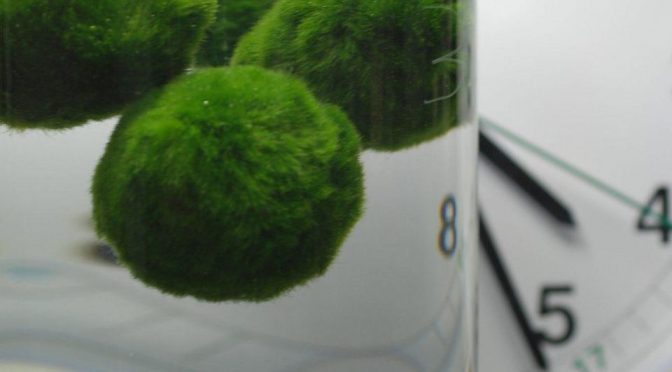
The Weird “Moss Balls” That Float By Day And Sink By Night
But why do marimo float during the day but not at night? Was light the trigger, or were marimo following their own internal clock? (Click on title for full story.)
-
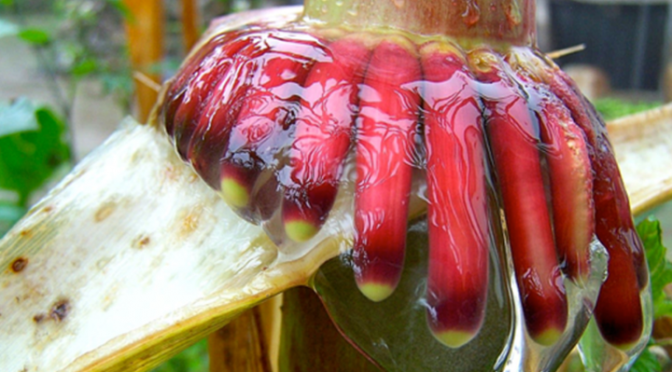
Unique Heirloom Corn Fertilizes Itself.Now It Might Revolutionize Agriculture While Saving The Farmers Who Saved It
“I would talk about this maize, and Alan would say, ‘It’s not possible,’” Shapiro recalls. “I said it is possible but I just don’t know how to prove it. And I took him to Sierra Mixe for a visit in 2008. He was gobsmacked. He said, ‘I take it all back. There’s something going on…
-
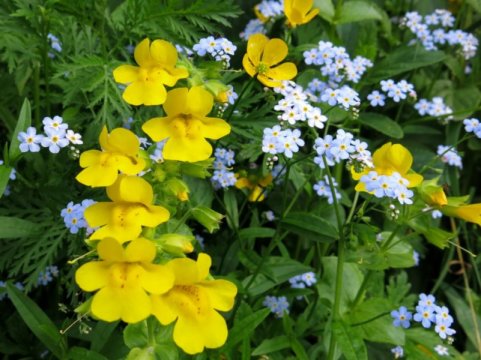
Making Themselves At Home: Invasive Plants Adapt And Evolve Once Established
Scientists studied the characteristics of monkeyflowers (Mimulus guttatus), which first arrived in the UK from North America 200 years ago. They compared the behaviour of monkeyflowers long-established in Scotland with those introduced recently for the purposes of the experiment. Significantly, they found that the long-established plants were bigger and produced more flowers and more clones…
-
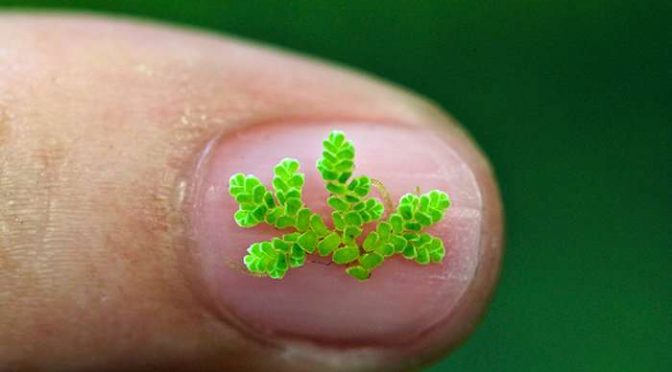
Crowdfunded Study Discovers Origin Of Ferns’ Insecticidal Protection
The team found that the insecticidal gene is specific to the fern lineage, explaining why most other plants lack such resistance. Furthermore, they discovered that the gene likely first appeared in a fern genome through horizontal gene transfer from a bacterium. (Click on title for full story.)
-
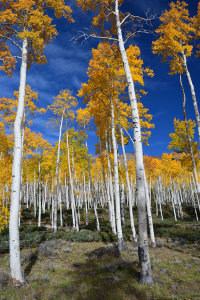
The Most Massive Living Organism, A Forest Of Clones, May Be Dying
The Pando spans 106 acres on a rolling hillside where it has overlooked the picturesque Fish Lake for thousands of years, possibly tens of thousands. But down among the trees it’s evident this iconic stretch of aspen trees, the most massive known organism on the planet, is in peril. (Click on title for full story.)
-
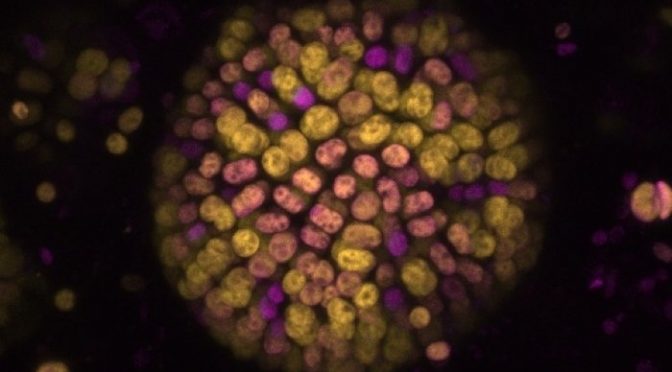
New Type Of Photosynthesis Discovered And That Opens New Worlds
The chlorophyll-f based photosynthesis reported today represents a third type of photosynthesis that is widespread. However, it is only used in special infrared-rich shaded conditions; in normal light conditions, the standard red form of photosynthesis is used. (Click on title for full story).
-
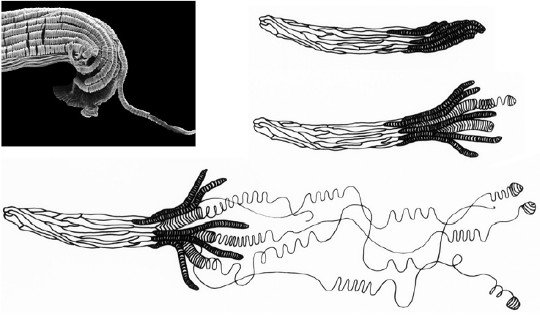
Maybe The Most Amazing Thing About Orchids Is Their Weird And Wonderful Seeds. You Just Need An Electron Microscope To Realize It
Lots of people get worked up about orchids, the apogee, or something near it, of floral extravagance. They are plants whose flowers are so potent they can produce lust bordering on obsession. Their seeds, on the other hand, produce disdain. “Dust seeds,” botanists and fanciers alike scoff. Rarely has anyone bothered to take a closer look.…
-

The Oldest Ones Are Leaving Us: The Mass Death Of Africa’s Iconic Tree
“The deaths of the majority of the oldest and largest African baobabs over the past 12 years is an event of an unprecedented magnitude,” the scientists wrote. “These deaths were not caused by an epidemic and there has also been a rapid increase in the apparently natural deaths of many other mature baobabs.” (Click on…
-
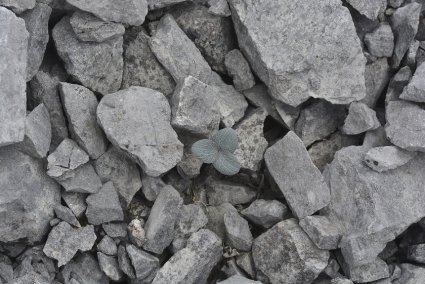
Plants Camouflage Just As Animals Do. With One Important Difference
Unlike animals, plants may be limited in their use of camouflage by the fact that chlorophyll – which they need to live via photosynthesis – is green. As a result, the researchers say it may sometimes be a disadvantage to a plant to be any other colour – meaning their camouflage comes at a cost.…
-
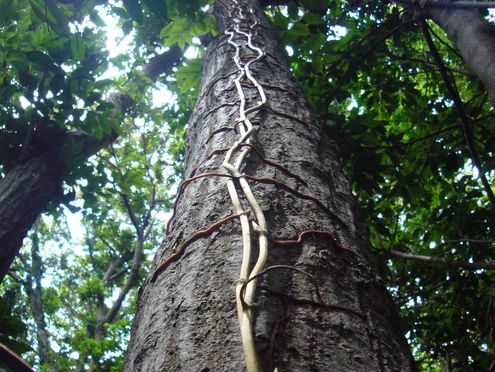
The Giant Orchid That Has No Leaves And Subsists On Fungi May Eat Itself Out Of Existence
The flower has a bizarre biology and is only found in Kagoshima and Okinawa prefectures. It thrives on nutrients from various fungi that grow on trees, which in turn rot the host plant. This “diet” means the orchid can survive for only limited periods until the fungi finish decomposing the trees, (Click on title for…
